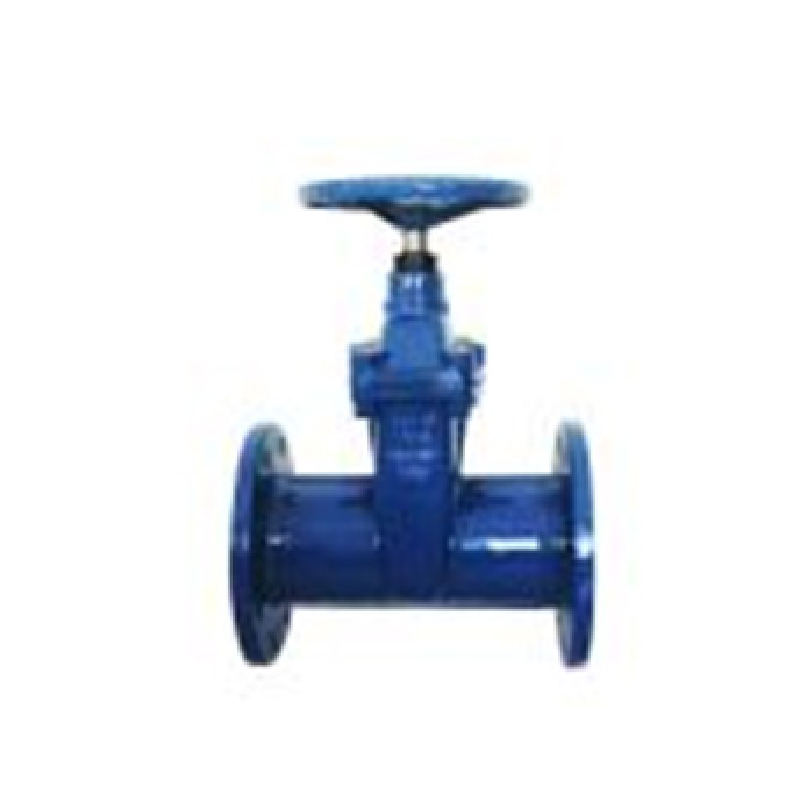des. . 01, 2024 20:30 Back to list
motorized knife gate valve
Understanding Motorized Knife Gate Valves Functionality, Applications, and Benefits
Motorized knife gate valves are a pivotal component in various industrial applications where the control of flow is critical. These valves are designed to regulate the flow of fluids, be they liquids or slurries, and they serve as a reliable solution in sectors such as wastewater treatment, mining, chemical processing, and power generation.
What is a Knife Gate Valve?
A knife gate valve is characterized by its unique design that incorporates a sharp-edged blade or gate which slices through the medium when opened, allowing for a thorough shutoff. Unlike traditional valves, knife gate valves are primarily used for on-off service rather than throttling flow. This makes them particularly useful in handling slurries or viscous materials where a conventional valve might become clogged or hindered.
The Motorization Aspect
The motorized component of the knife gate valve refers to the inclusion of an electric actuator that automates the opening and closing process. This automation provides several advantages over manual operation, including enhanced precision, reduced labor costs, and improved safety. The electric actuator allows for remote operation, meaning that personnel can control the valve from a distance, which is especially useful in hazardous environments.
Key Components and Functionality
A typical motorized knife gate valve consists of several key components
1. Valve Body This is the main structure that houses all other components. 2. Gate The blade-like structure that acts as a barrier to control flow. When the valve is closed, the gate rests against a seat to create a tight seal. 3. Actuator The electric motor that drives the movement of the gate. Depending on the design, it may utilize gears or other mechanisms to optimize movement speed and torque. 4. Control System Integrates with the actuator and allows for automated operation. This can include programmable logic controllers (PLCs) or simple switches.
motorized knife gate valve

When the valve is activated, the actuator moves the gate up and down with precision, allowing for quick and reliable operation
.Applications
Motorized knife gate valves are highly versatile and can be found in various applications. Some notable sectors include
- Wastewater Treatment These valves are crucial for controlling the flow of sewage and treated water in treatment plants, allowing operators to manage the treatment process effectively. - Mining and Mineral Processing In the handling of slurry mixtures, motorized knife gate valves ensure that materials are transported without blockage, enhancing throughput and efficiency. - Chemical Manufacturing These valves control the flow of corrosive materials and help maintain safety in hazardous environments by allowing remote operation. - Power Generation In cooling systems and ash handling processes, motorized knife gate valves help regulate the flow of water and waste materials efficiently.
Advantages of Motorized Knife Gate Valves
1. Efficiency Automation leads to faster response times and improves overall system efficiency. Operators can monitor and control multiple valves simultaneously, reducing downtime. 2. Maintenance The design of knife gate valves minimizes the risk of clogs, and with fewer moving parts than traditional valves, they typically require less maintenance. 3. Safety Remote operations reduce the need for personnel to be near hazardous materials, significantly lowering the risk of accidents. 4. Durability Made from robust materials, motorized knife gate valves are designed to withstand extreme conditions, including high pressures and abrasive substances.
Conclusion
In summary, motorized knife gate valves are essential tools in modern industrial applications, combining functionality with automation for enhanced performance, safety, and reliability. Their unique design allows for efficient flow control of various media, making them an asset in sectors that require precise and dependable operation. As industries continue to evolve and prioritize automation, the role of motorized knife gate valves will undoubtedly become even more significant, paving the way for advancements in process management and operational efficiency. Whether in wastewater treatment plants or chemical processing facilities, these valves exemplify the intersection of engineering and technology in creating safer and more efficient operational environments.
Share
-
Reliable Wafer Type Butterfly Valves for Every IndustryNewsJul.25,2025
-
Reliable Flow Control Begins with the Right Ball Check ValveNewsJul.25,2025
-
Precision Flow Control Starts with Quality ValvesNewsJul.25,2025
-
Industrial Flow Control ReliabilityNewsJul.25,2025
-
Engineered for Efficiency Gate Valves That Power Industrial PerformanceNewsJul.25,2025
-
Empowering Infrastructure Through Quality ManufacturingNewsJul.25,2025